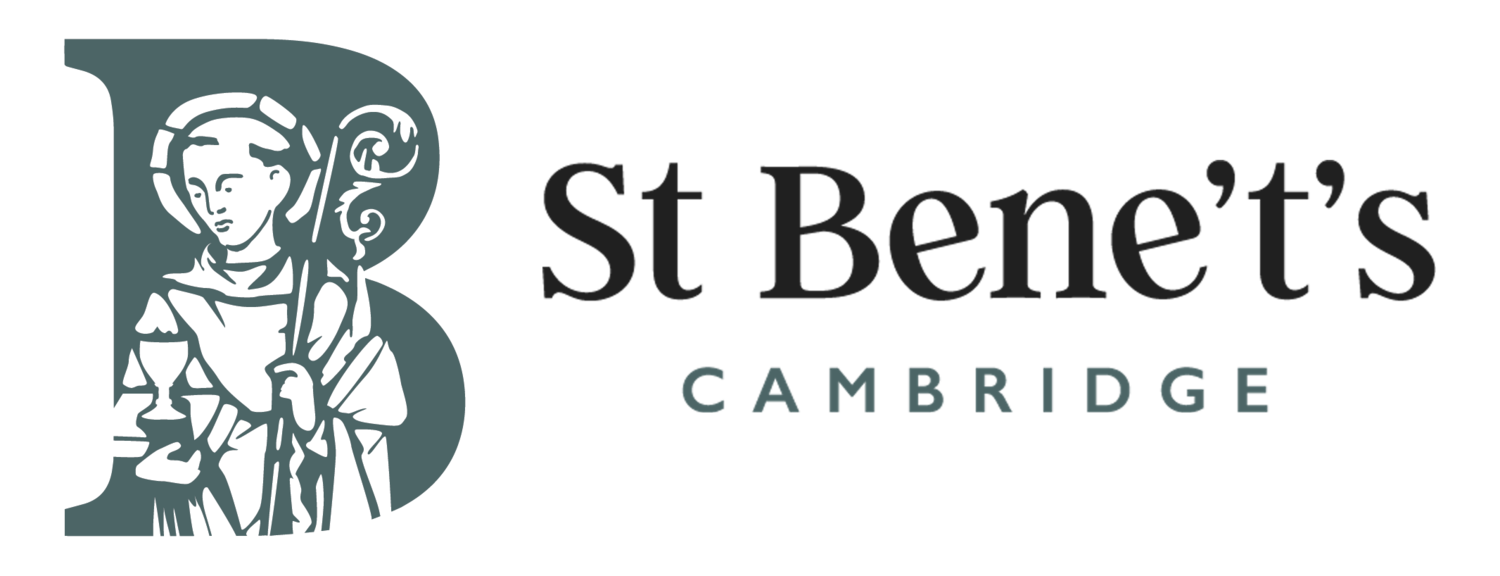Vicars of the Twentieth Century
Francis Noel Davey (1904-1973) was the son of an artist and a friend of Geoffrey Fisher and Michael Ramsey (both later Archbishops of Canterbury). Davey was also a fellow of Corpus and a New Testament scholar, publishing with Edward Hoskyns The Riddle of the New Testament, which emphasised the transcendent significance of the life, death, and resurrection of Jesus Christ. Though vicar for only three years (1935-1938), Davey had a revolutionary effect on the church: choir stalls were removed from the chancel, pews from the north aisle, and the pulpit moved to its present position. The altar was placed along the back wall, and regular Parish Communion instituted each Sunday. Davey even erected scaffolding and personally painted the nave roof its present colours. He went on to be director of the Society for the Promotion of Christian Knowledge in 1944.
Michael Ramsey (1904-1988), a towering Anglican figure of the 20th century, became vicar here in 1938, two years after publishing his most famous work: The Gospel and the Catholic Church. He left St Bene’t’s only two years later to be Professor of Divinity in Durham University. In 1950 he became Bishop of Durham, supporting the Queen at the Coronation in 1953. He was appointed Archbishop of York in 1956 and then Archbishop of Canterbury in 1961. In the year 2000, new rooms in the southwest corner were named after him in memory of his time as vicar.
The Society of St Francis established a Cambridge house on Lady Margaret Road in 1938 to provide a religious presence among students and allow brothers to pursue academic studies. At first, they used St Edward’s to celebrate their Sunday Eucharist, but in 1946, St Bene’t’s fell vacant, Brother Denis was appointed, and from there began a series of Franciscan vicars, with a remarkable ministry in Cambridge. The Franciscan heritage may be seen throughout the parish’s life, but it remains particularly evident in enduring practices they introduced and in three cruciform artworks. From the time they arrived, the Franciscans celebrated Mass daily and began reserving the Sacrament in the chancel. Over their time, the Franciscans also put in three artworks: a ‘flying’ crucifix, the striking bronze crucifix maquette by Enzo Plazzotta (1921-1981) in the corner of the north aisle, and the icon of St Francis with his stigmata and St Benedict with his Rule in the south aisle. All these came during their time here.





